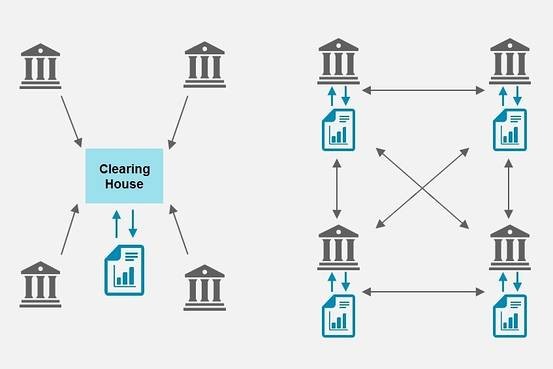I am pleased to announce Madrona’s seed investment in Player Tokens Inc. (PTI) and our partnership with Kush Parikh, the founder and CEO. Kush joined Madrona as an Entrepreneur in Residence (EIR) in late 2017 and explored several ideas with the Madrona team, including a nascent category called crypto-collectibles. Player Tokens is launching today.
There have been a number of interesting crypto-collectible projects … this Medium post by CryptoKitties, one of the pioneers of the space, does a nice job covering both the definition of crypto-collectibles and some of the earliest experiments. This post is another good 101.
As Kush and we explored the world of crypto-collectibles together, a few things really stood out. First, there is an opportunity to bring together the digital and physical worlds (something my partner Matt lovingly describes as DiPhy) to create an entirely new and compelling collectible experience, powered by blockchain. Second, this intersection of worlds is particularly powerful in professional sports, where fans have the opportunity to encounter and interact with their favorite athletes, at games, on television, and through social media. Third, the crypto-collectible experience as it exists is entirely too complicated for the typical pro sports fan and collector.
These observations and a compelling vision for ways that crypto-collectibles could be the entry point to a whole slew of digital and physical fan experiences is what prompted Kush to found Player Tokens at Madrona, and for us to begin this journey together. Step one on the journey … talking to fans and collectors. Having lived in epic sports towns like Seattle and Chicago, we’ve had no shortage of conversations with sports fans and collectors who are interested in modern ways to buy, sell, and trade, authentic, rare collectibles for their favorite players. Through Madrona’s partnership with the OneTeam Collective, we’ve also had the opportunity to connect with the players, associations, teams and leagues, all of whom are excited about the future of crypto-collectibles and the opportunities they will enable in the professional sports world.
A mix of product vision from Kush and team, and feedback from fans, collectors and athletes alike, have shaped the initial version of Player Tokens launching today, as well as the long-term roadmap for PTI. We are excited to be working with Evan Kaplan and team at the Major League Baseball Players Association, who represent the Major League players, as our first business partner in this journey; we look forward to building great things together for fans and professional athletes across the globe.
Special thanks to our friends Ahmad Nassar, Ricky Medina, Casey Schwab and team at NFL Players Inc. / OneTeam Collective, who have been great thought partners and connectors for PTI at this early stage in the life of the company and the category.
